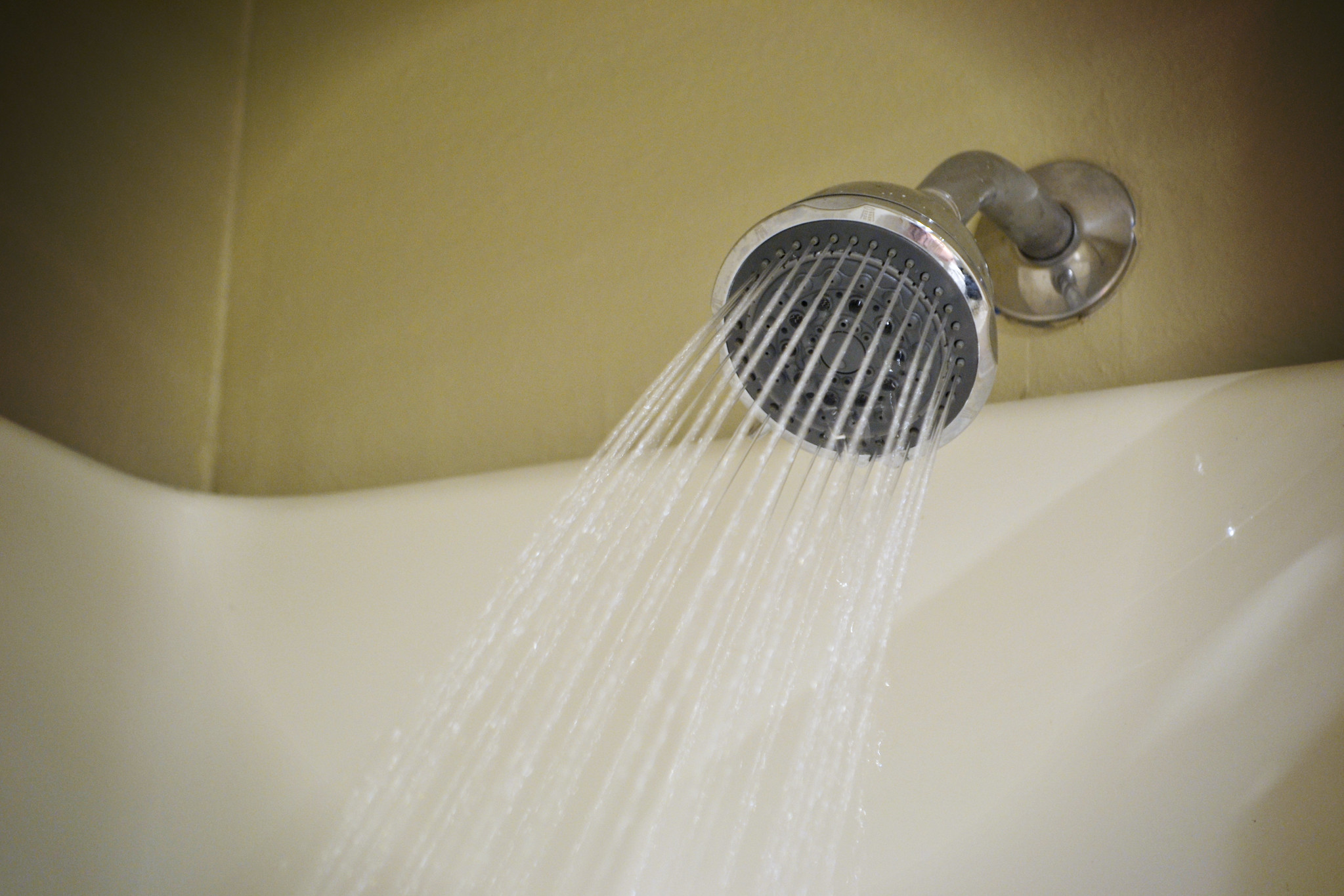10 Ways You’re Wasting Water—and How to Save Instead

With the cost of living steadily increasing, finding ways to cut back on expenses has become crucial for many households, and water bills are no exception.
The average American household spends around $70-100 per month on their water bill, but are you aware of what you are actually paying for?
This is Why You Pay So Much for Water
Utility companies typically charge for water based on a combination of fixed and variable rates. The fixed rate is a set fee that covers the cost of maintaining the water infrastructure, such as the pipes and treatment facilities, ensuring that water reaches your home reliably and safely. This fee is usually charged monthly and remains constant regardless of water usage.
The variable rate is based on the amount of water used, measured in gallons or cubic feet, and this is where consumers have the opportunity to control their costs by moderating their water usage.
Some utility companies might also include wastewater services and other surcharges in the water bill, contributing to the total amount charged each month.
Consumers are advised to review their water bills carefully to understand the various charges and seek clarification from their utility providers if needed.
The Number One Way You Waste Water
It may surprise you, but the number one unnoticed water-waster is leaving the tap running. Whether it’s while washing dishes, brushing teeth, or waiting for water to heat up, many people let the water run without a second thought, contributing to a significant waste of this precious resource.
Continue reading for 10 simple ways to reduce your water consumption and save you money.
Fix the Leaks
A small leak can lead to a large waste of water over time. Regularly check your faucets and pipes and fix any leaks promptly. Repairing leaks can save about 10% on the average water bill.
Approximate Savings: Up to $20/Month.
Use Water-Saving Appliances
Opt for Energy Star-rated appliances which are designed to use less water and energy, thus reducing your bill.
Approximate Savings: Up to $50/Year.
Install Low-Flow Faucets and Showerheads
These fixtures use significantly less water than their standard counterparts, leading to considerable savings on your water bill.
Approximate Savings: Up to $145/Year.
Water Plants Early in the Morning
Watering your plants early in the morning or late in the evening reduces evaporation, allowing plants to absorb more water and saving you money.
Approximate Savings: Up to $35/Year.
Use a Broom, Not a Hose
Sweep driveways, sidewalks, and steps rather than hosing them off. It's a simple switch that can save up to 150 gallons of water each time.
Approximate Savings: Up to $80/Year.
Only Run Full Loads of Laundry and Dishwasher
Running your appliances only when they are full can save up to 1,000 gallons of water a month.
Approximate Savings: Up to $100/Year.
Install a Rain Barrel
Collecting rainwater to use for your garden is an eco-friendly way to save on your water bill.
Approximate Savings: Up to $35/Year.
Turn Off the Tap While Brushing
Turning off the faucet while brushing your teeth can save up to 8 gallons of water per day.
Approximate Savings: Up to $28/Year.
Use a Car Wash that Recycles Water
When you need to wash your car, choose a car wash that recycles water, or use a bucket and sponge at home to reduce water waste.
Approximate Savings: Save Up to $15/Year.
Consider Replacing Your Lawn
Opting for drought-resistant landscaping or synthetic grass can significantly reduce your outdoor water use and save you money in the long run.
Approximate Savings: Up to $220/Year.
Final Thoughts
Water conservation is not just about saving money; it’s about preserving a vital resource for future generations. By understanding the ways you can save water and implementing these easy, cost-effective solutions, you can reduce your water bill while contributing to a more sustainable future.




















